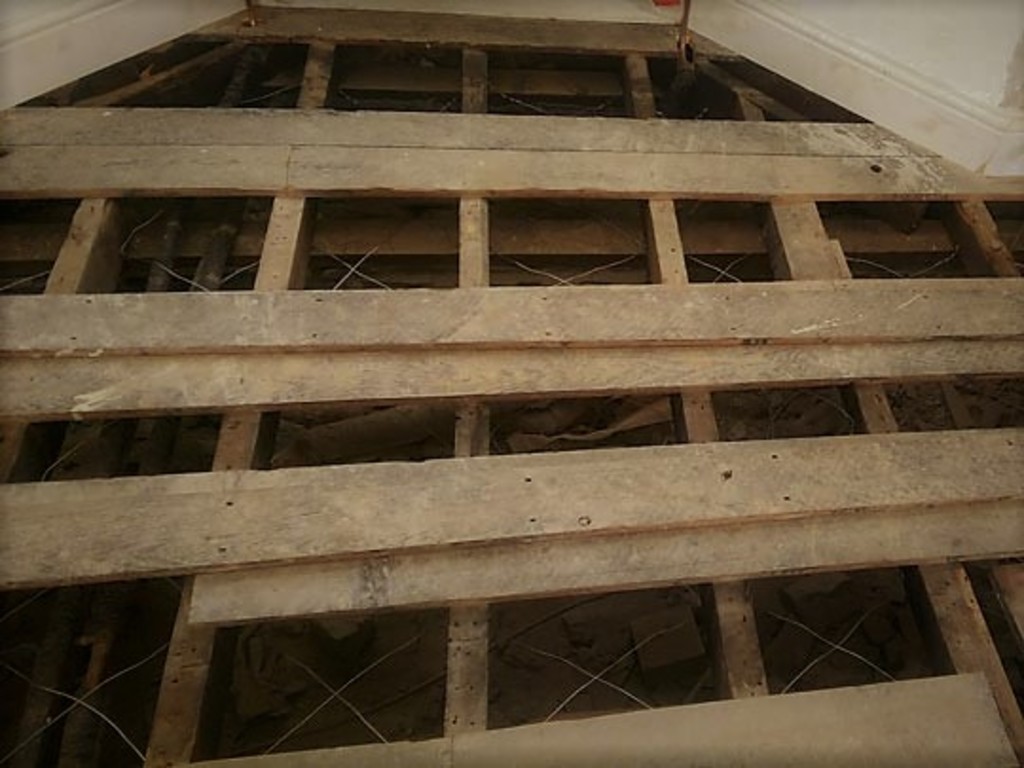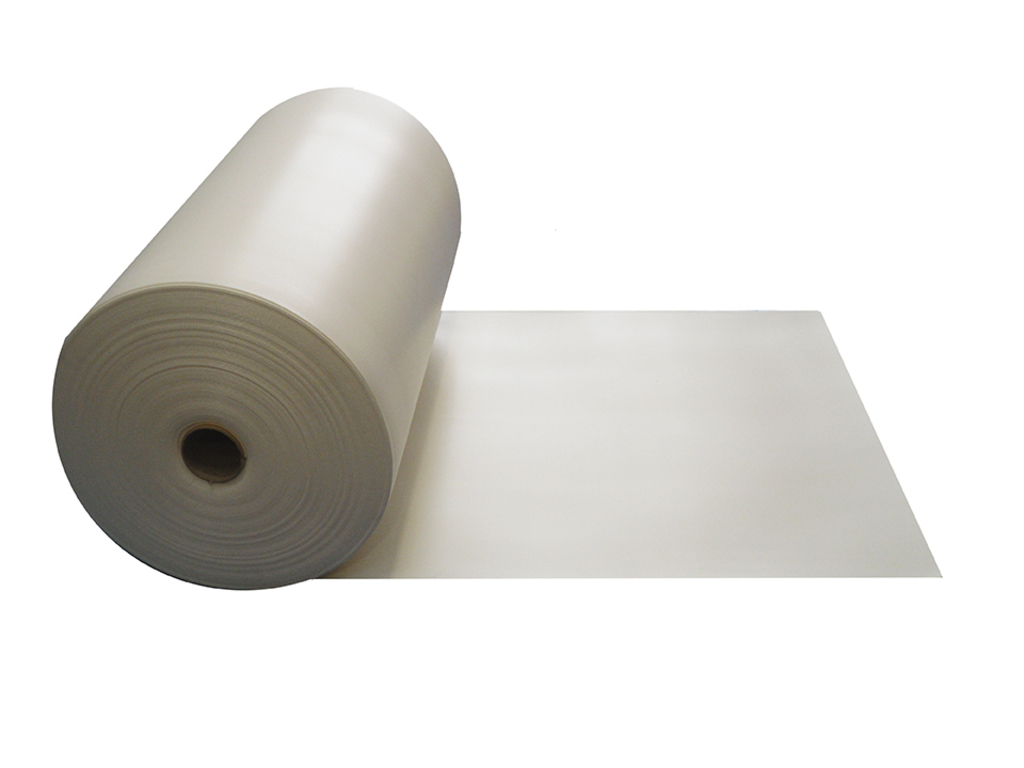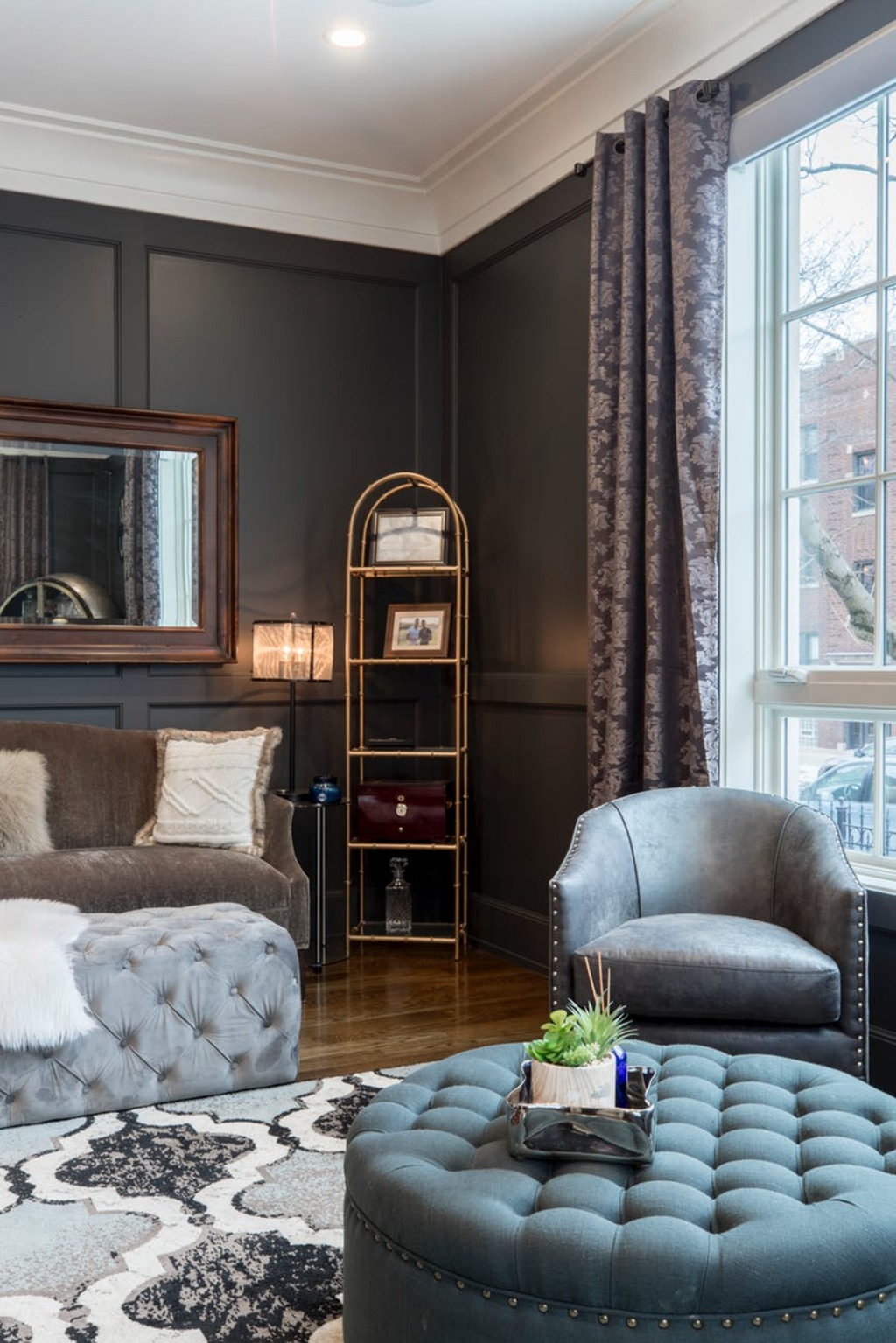Wintertime is when everyone wants to feel cosy and warm at home. As the weather gets colder and the temperatures drop, we all spend more time inside and desire a warm atmosphere at home. This autumn one of your main goals should become insulating your home properly. Consider all aspects of the interior of your house and then invest in all those small details that can make a significant difference. Your wallet will be thankful because insulation resists the transfer of heat from warmer areas to colder areas. Insulation is an even more important factor to consider if you have real wood or laminate flooring. Insulating your wood floors will also protect them from moisture damage, especially in older homes where wood floors are less likely to have proper and efficient floor insulation. This is why living in these homes can often feel drafty and cold in the wintertime, however, there are many solutions to the issue.
First things first, since the floor is one of the most important elements of the entire interior of your home and its functionality, make sure to consider the floor’s insulation properties and how it will contribute to the comfort and cosiness of the entire house. Before you even dive into further details and recommendations, proper and professional wood floor installation is the key to the great structural stability and integrity of the floorboards and the entire flooring composition. Once you have your floor properly installed, you don’t have to worry about insulation issues anytime soon. Therefore, always invest in a professional wood floor service and rely on a reputable and reliable company with enough experience and knowledge. Next, here are some tips and tricks for improving the insulation of your home you can benefit from.
Fill the floorboards

One of the most effective ways to improve the insulation properties of your home is by filling beneath the floorboards with an insulating type of material like, for example, mineral wool or batts. Such types of materials will help you make your home feel warmer and cosier and also dramatically reduce your heating bills in the wintertime.
You can either opt for insulating your floor this way as a DIY project or hire a professional team of experts to do the job for you. If you decide to take the bullet and start a DIY project, keep in mind that the National Energy Foundation (NEF) advises you to wear a facemask, goggles and protective clothing, and leave sufficient gaps around the eaves to avoid condensation.
Place down a rug
Invest in rugs and mats and place them strategically on your base floor as this will act as an extra layer of insulation for your ground and as a bonus will also make your place look cosier. According to NEF floors account for as much as 10% of the heat loss from your home if they are not properly insulated so the carpets can help decrease this loss significantly and enjoy a warmer home and reduced heating bills.
Seal the skirting boards
Sealing the gaps between the skirting boards will further prevent draughts of cold air to enter your warm room and keep the warmth inside the house. Floorboards and skirting boards are prone to expanding and contracting slightly with everyday use and due to changes in the environment of your home, including increased humidity, moisture content, temperature fluctuations. You should use a filler to fill in these gaps in between the floorboards and between the floorboards and floor accessories like skirting boards that occurred due to this natural movement. Definitely make sure to use a gap filler that can tolerate the movement and won’t get cracking and damaged in no time. Normally, those made out of natural resin and sawdust are flexible yet durable enough to do the job.
Before laying a carpet, fit underlay

Before you place a carpet or a rug on the ground, make sure to put a layer of underlay as it will further contribute to seal-proofing the floor. Fireboard or polyfoam board are also viable substitutes of the underlay, make sure to consider all the options you have and pick the one that works the best for your home and budget.
Insulate the doors
Draught proofing is all about securing the cracks and spaces around typical areas of heat loss around the home, which can be many, especially in older homes. One of the most common culprits is your home’s doors and the door frames. Luckily, there's an easy and simple solution to this issue and it is called weather-strips.
Weather-strips are a way to prevent draughts of cold air from entering through the door and can be placed around casements. Alternatively, you can also use putty or a sealant to fill in all cracks you are able to notice. Having installed new door sweeps for the bigger and wider gaps between the bottom of your door and the frame can further increase the effectiveness of keeping the warmth inside your home and not letting cold air from outside enter it.
Use heavyweight curtains

Having thick curtains hanged can definitely help you keep the heated air inside your house and prevent it from escaping through the windows and little cracks in the frames. There are curtains with thermal lining which are an excellent option and are also relatively cheap so they are worth having a look at. The thicker the curtains, the better.
Draught-proof your windows
Double glazing the windows is definitely heat-efficient and can provide you with great insulation, but the cost of such service is pretty high. In case you cannot fit double glazing into your budget, there is another option – purchasing special films which you can put across the window for better insulation. The downside of these films is that once you put them on, you won't be able to open your window without breaking the seal. In case you don’t fancy this alternative, there is one more option you can utilize - self-adhesive foam strips that can help you seal any gaps and cracks around the edges of the window and the frame.
Draught-exclude the letterbox and cover the keyholes
The letterbox and the keyholes can also be sources of cold air draughts and you can efficiently insulate them by using a “brush” for the mailbox and installing keyhole covers on the keyholes.
Making your fireplace more efficient
If you have a fireplace and you use it in wintertime, you can easily make it more efficient by lining the back with aluminium foil or a fireback to help reflect the heat directly back into your home. In case you don’t use your fireplace and have it only for a decorative purpose, you can purchase a chimney balloon. It is made from a special laminate material that helps you to stop the heat escaping through the chimney or the cold air coming down through it. Don’t forget that you have to remove the chimney balloon first and then use your fireplace if you decide to have a cosy fire.